Top Things to Know Before Buying The Market Garden
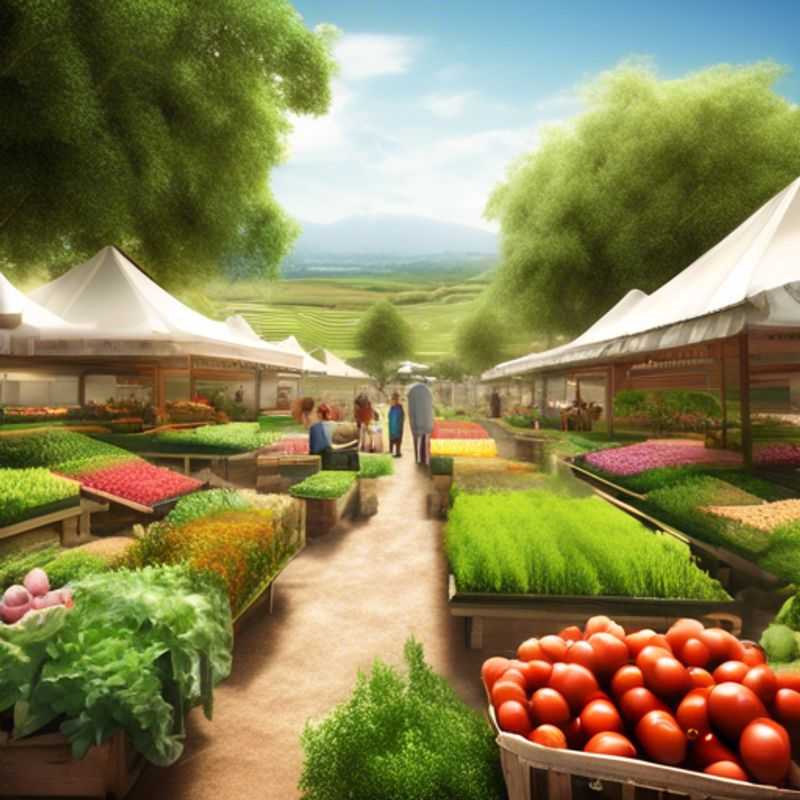
Top Things to Know Before Buying The Market Garden: A Guide for Success
Getting ready to embark on your Market Garden journey? Fantastic! It's an exciting adventure that yields delicious, homegrown produce.

Know Your Zone: Understanding Climate and Growing Conditions for Thriving Plants
Knowing your area's climate and growing conditions is crucial for successful gardening. Understanding the average temperature, rainfall, and sunlight hours is essential for selecting plants that will thrive in your specific location.
For example, if you live in a region with hot, dry summers, choosing drought-tolerant plants is important. Conversely, in areas with frequent rainfall, selecting plants that tolerate damp conditions is essential.
Another important aspect is the soil type. Some plants prefer sandy soil, while others thrive in clay soil. Testing your soil and understanding its composition will help you choose plants that will flourish.
By understanding the climate and growing conditions in your area, you can select plants that are well-suited to your environment. This will increase your chances of success and create a beautiful and thriving garden.
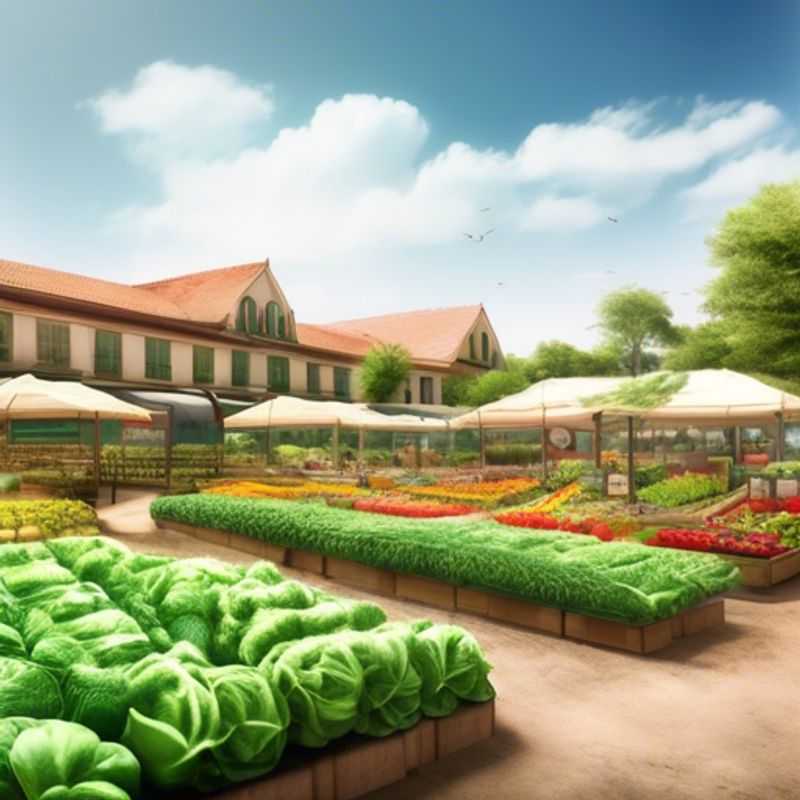
Unlocking Your Garden's Potential: Choosing the Right Vegetables and Herbs for Your Space
Before you start planting, do your homework! Researching the specific varieties of vegetables and herbs best suited for your garden size and location is key to a successful harvest. It's all about making the most of your space and climate. Don't just pick what looks good; pick what thrives!
Consider factors like your garden's sun exposure, soil type, and even your local growing season. Some vegetables, like tomatoes, need plenty of sun, while others, like lettuce, prefer shade. Knowing what grows well in your area will save you time, effort, and potential disappointment. Local garden clubs, nurseries, and online resources are great sources of information.
Look for varieties that are known to be compact or grow well in containers if you have limited space. For example, bush beans are a great space-saving option compared to pole beans. Don't be afraid to experiment with different varieties – you might find a new favorite!
Your local climate plays a crucial role in selecting the right plants. Research varieties that are known to thrive in your region's temperature and rainfall patterns. Consult with local experts or gardening resources to get tailored advice. For example, if you live in a hot, humid climate, consider planting heat-tolerant vegetables like okra and peppers. By considering your climate and space, you'll set yourself up for a successful and rewarding gardening experience.
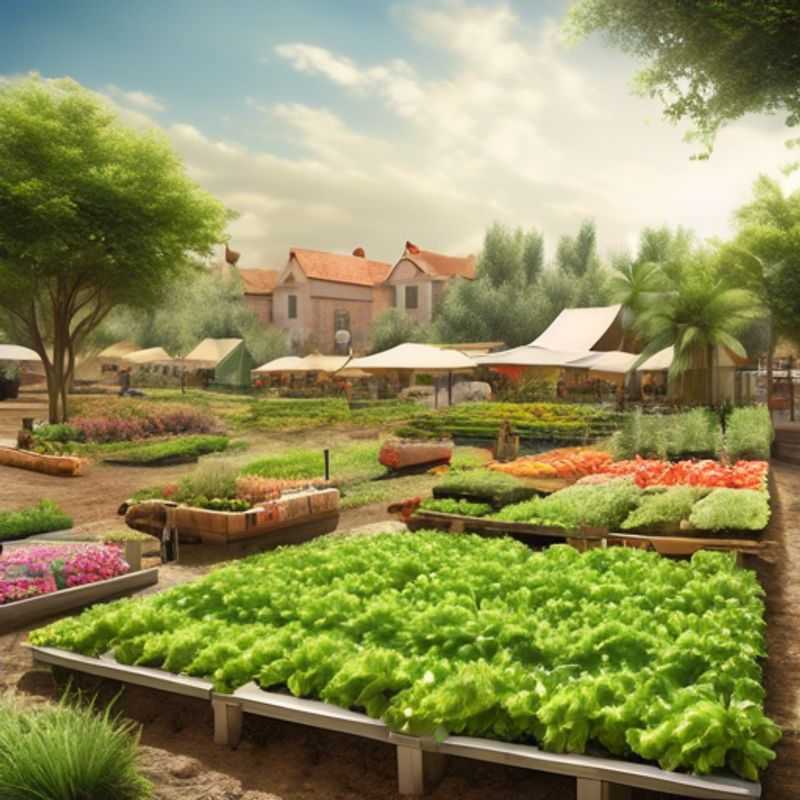
Soil Preparation: Boosting Your Garden's Health with Compost
Preparing your soil properly is crucial for healthy plant growth. Adding compost or other organic matter is a fantastic way to improve drainage and nutrient content. Compost acts like a sponge, helping your soil retain moisture but also allowing excess water to drain away. This prevents your plants from getting waterlogged.
The benefits of adding compost to your soil include:
1. Improved drainage: Compost helps create air pockets in the soil, allowing water to flow through and prevent root rot.
2. Increased nutrient content: Compost is rich in essential nutrients that plants need to thrive, such as nitrogen, phosphorus, and potassium.
3. Better soil structure: Compost improves soil structure, making it easier for roots to grow and access nutrients and water.
4. Reduced need for chemical fertilizers: Compost provides natural nutrients, reducing the need for synthetic fertilizers.
To get the most out of your compost, remember:
1. Mix it well: Incorporate compost into your existing soil, working it in to a depth of 6-8 inches.
2. Consider your soil type: The amount of compost you need to add will vary depending on the type of soil you have.
3. Don't overdo it: While compost is great, too much can make your soil too dense.
You can buy compost from garden centers or make your own using kitchen scraps and yard waste. Adding compost to your soil is a relatively inexpensive and time-efficient way to boost plant growth.
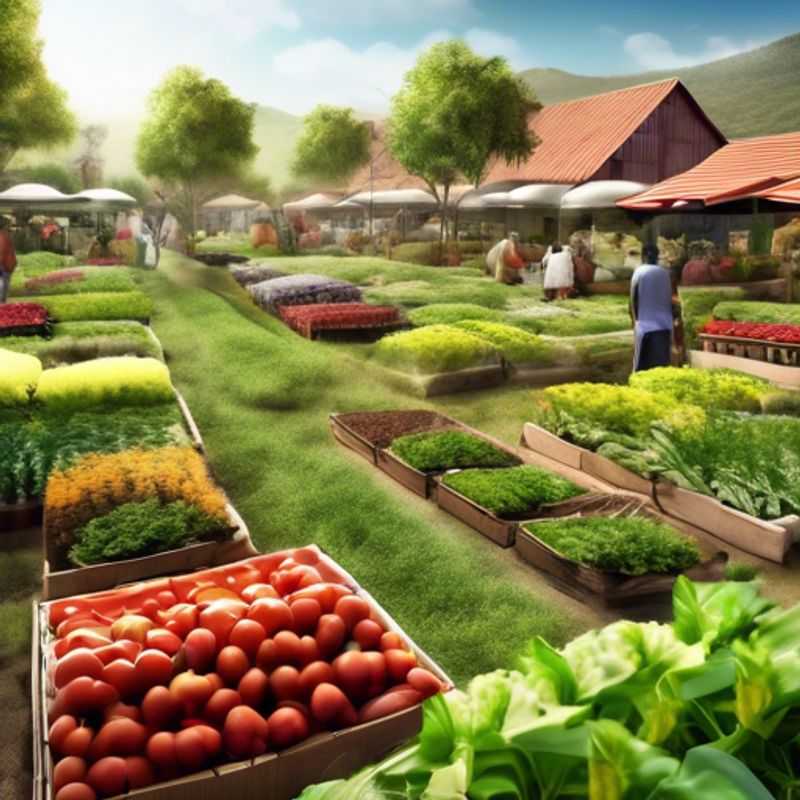
Garden Bed Design: Maximize Efficiency and Productivity with Strategic Layout and Spacing
Creating an efficient garden layout is crucial for maximizing productivity and minimizing wasted space. Consider these key factors when designing your garden beds:
Shape and Size: Choose shapes that best fit your space, such as rectangular or square beds for maximum planting area. Consider your access and the amount of space you have for walkways. Smaller beds are easier to manage and require less bending.
Spacing: Adequate spacing between rows is essential for air circulation, sunlight penetration, and easier access for weeding and harvesting. Leave at least 12 inches between rows, depending on the plants you are growing.
Sun Exposure: Understand your garden's sun exposure and plant accordingly. Choose sun-loving plants for areas with ample sunlight and shade-tolerant varieties for shaded areas.
Accessibility: Design your garden for easy access. Create wide pathways for walking, hauling tools, and transporting harvested produce. Think about the potential need for wheelbarrows or gardening carts.
Soil Quality: Ensure your beds have well-draining soil with adequate nutrients. You may need to amend the soil with compost or other organic matter.
Raised Beds: Raised beds can offer better drainage, improved soil quality, and easier access for those with limited mobility. Consider the height and material of your raised beds based on your needs and budget.
Companion Planting: Consider companion planting strategies to enhance growth and deter pests. Some plants naturally repel pests while attracting pollinators, leading to a more healthy garden ecosystem.
Remember that garden design is an ongoing process, and you can always adjust your layout as needed. Experimenting with different layouts and plant arrangements can help you optimize your garden's performance and productivity.
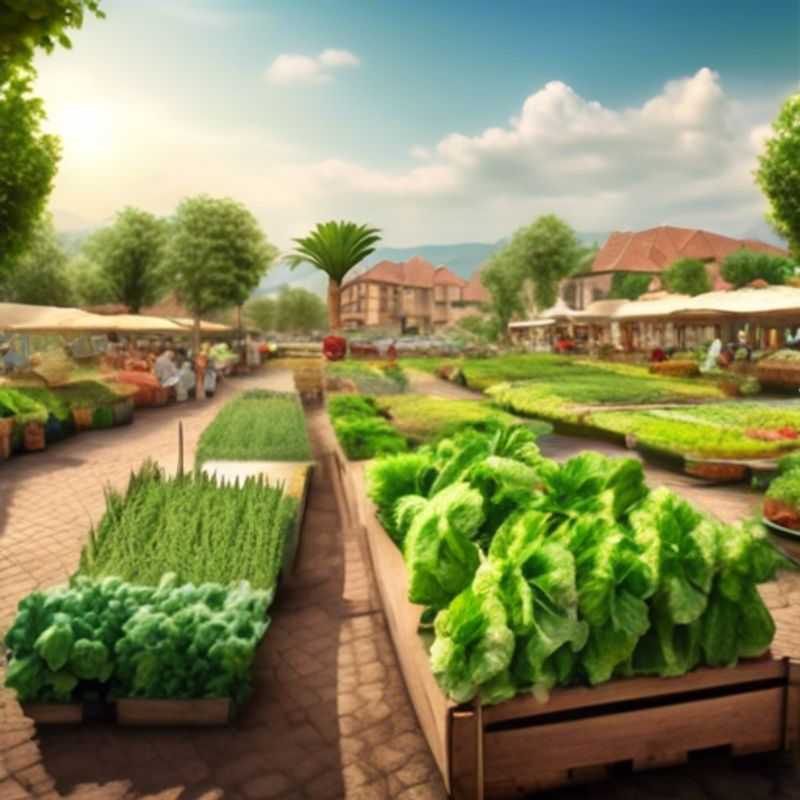
Invest in Quality Tools for a Happier, Easier Garden
Investing in quality tools and equipment can transform your gardening experience, making tasks easier and more enjoyable. Think of it as investing in your own well-being and the future of your garden.
For instance, a sharp pair of pruning shears will make light work of trimming branches, while a quality trowel can make planting and transplanting a breeze. Ergonomic tools reduce strain on your back and joints, especially when working for extended periods.
Consider the size and scope of your garden when making purchases. A small garden may only require a few essential tools, while a larger one may benefit from more specialized equipment. A wheelbarrow or garden cart is invaluable for transporting materials and plants, while a lawn mower or weed trimmer can save you time and effort on lawn maintenance.
Remember, high-quality tools and equipment are an investment that will pay dividends for years to come. They can significantly enhance your enjoyment of gardening and make it a truly rewarding experience.
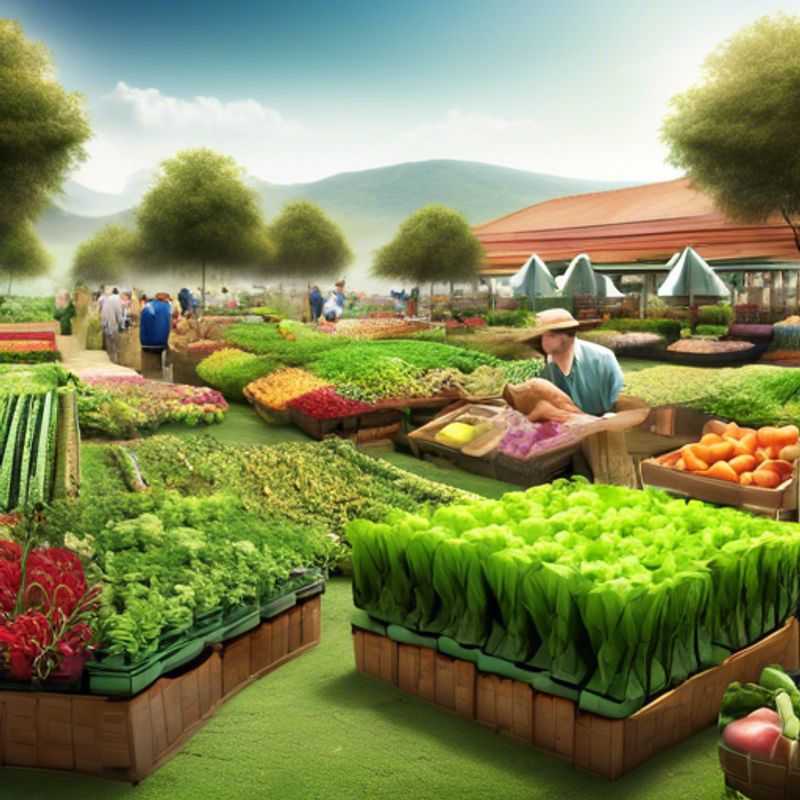
Hydrate Your Green Friends: Crafting the Perfect Watering Plan
Creating a watering plan is crucial for maintaining healthy plants, but it can seem overwhelming. Here's a simplified approach to ensure your plants thrive:
1. Assess Your Plants' Needs: Different plants have varying water requirements. Research your specific plant species to determine their water preferences. Consider factors like soil type, pot size, and environmental conditions.
2. Understand the Signs: Pay attention to your plants' visual cues. Wilting, dry soil, and drooping leaves indicate a need for water. Conversely, yellowing or mushy leaves may suggest overwatering.
3. Establish a Watering Schedule: Create a consistent watering schedule based on your plants' needs. Consider factors like weather, season, and the rate of water evaporation.
4. The "Finger Test": Before watering, stick your finger about an inch into the soil. If it feels dry, it's time to water. If it's still damp, wait a few more days.
5. Water Thoroughly: When watering, ensure the water reaches the roots. This means watering until water drains from the pot's drainage holes.
6. Avoid Overwatering: Overwatering is a common mistake that can lead to root rot. Let the soil dry out slightly between waterings, and never let the pot sit in water.
7. Monitor and Adjust: Regularly observe your plants and adjust your watering schedule as needed. Consider factors like growth stage, weather changes, and any signs of stress.

Protect Your Harvest: Essential Pest Management Techniques for Healthy Crops
Effective pest management techniques are crucial for protecting crops from insects and diseases. Farmers can utilize several methods, including cultural practices, biological control, and chemical control. Cultural practices involve rotating crops, proper irrigation, and maintaining healthy soil to reduce pest populations. Biological control uses natural predators or parasites to manage pests, while chemical control involves the application of pesticides. It’s essential to choose targeted pesticides to minimize harm to beneficial organisms.
Farmers should also consider integrated pest management (IPM), which combines various strategies for a more sustainable approach. This may include monitoring pest populations, using resistant crop varieties, and implementing physical barriers such as nets or traps. Regular scouting and early detection of pests can significantly improve management outcomes.
When estimating a pest management plan, consider potential costs like pesticide purchases, labor for application, and monitoring tools. Additionally, investing in training for staff on best practices can enhance the effectiveness of your pest management strategy. Always stay informed about local regulations regarding pesticide use to ensure compliance.
